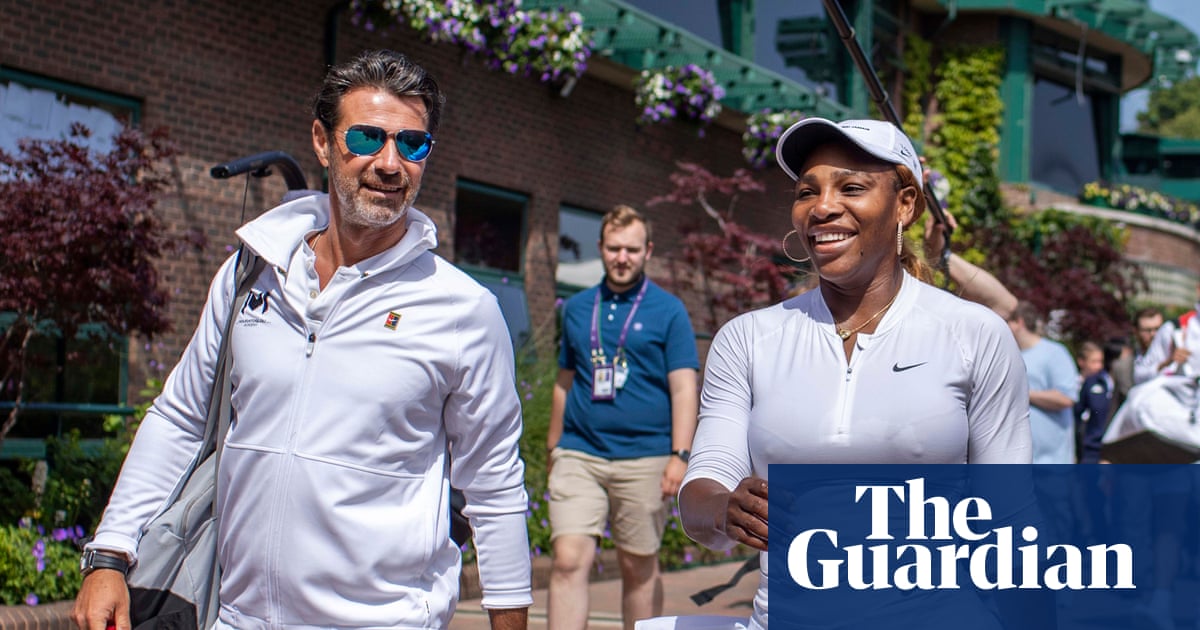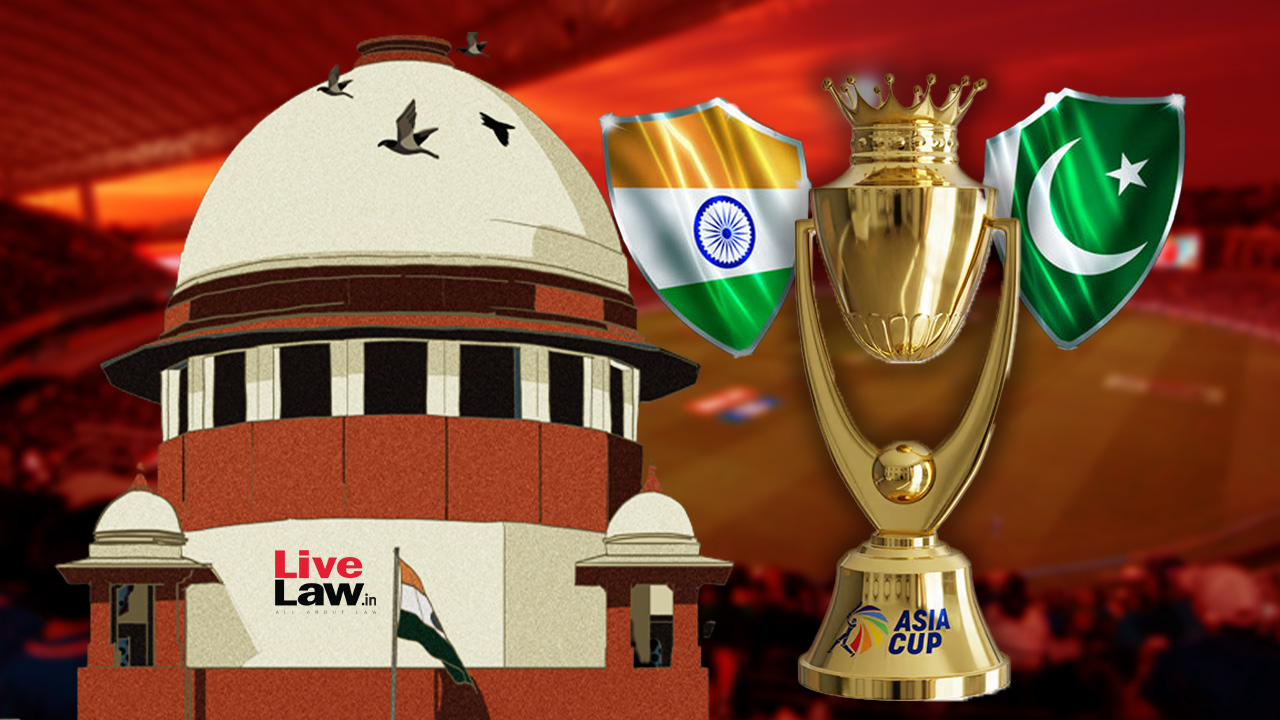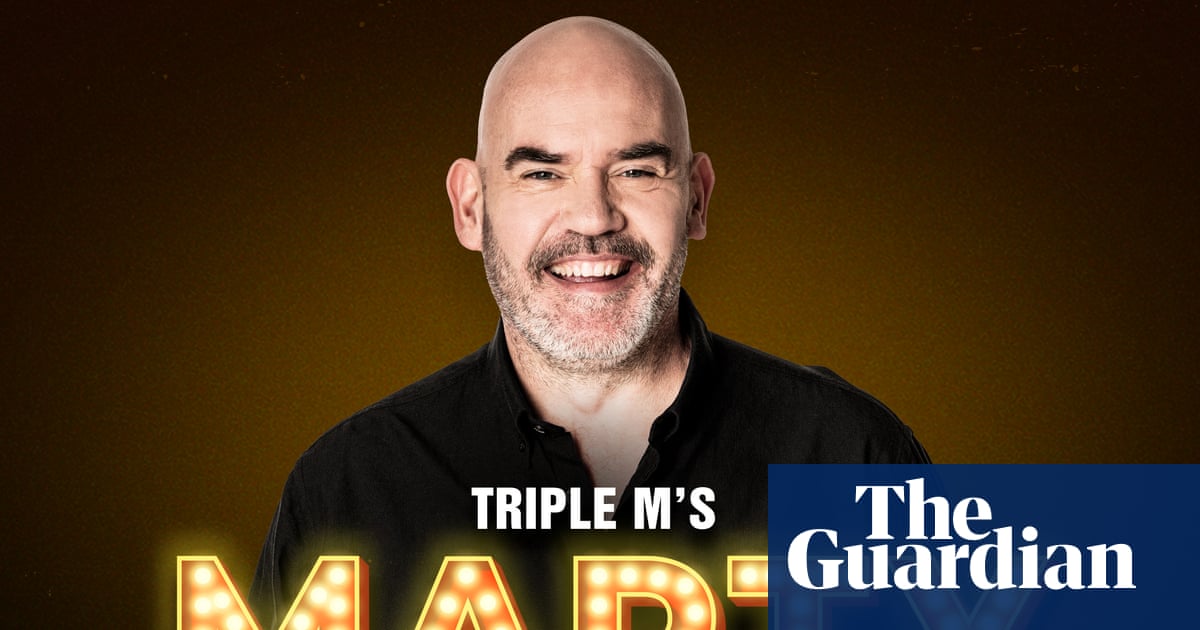Patrick Mouratoglou: ‘Serena and I had a few fights about her weight’

Patrick Mouratoglou was notably absent from this year’s US Open. Since his breakout advising Marcos Baghdatis, who he guided to the Australian Open final in 2006, Mouratoglou has distinguished himself as a tennis guru – with pros and prospects making the pilgrimage to his academy on the French Riviera. But it was his partnership with Serena Williams, who won 10 of her 23 grand slam singles titles after pairing with the Frenchman, that helped cement Mouratoglou as a coaching great.In between touring clients at the moment, Mouratoglou caught up with me near the end of the US Open to talk about Naomi Osaka’s resurgence, Williams’s weight loss and what it will take to break Carlos Alcaraz and Jannik Sinner’s duopoly in the men’s game.Why was the partnership with Serena so successful? What was it that the two of you were able to bring out of each other that took her already incredible tennis to its highest ever level?Big trust on both sides – like, really, full trust. We were feeding each other in terms of motivation. I [knew] her perfectly, how to push her, motivate her, provoke her to be more competitive. We got started during a difficult period. She hadn’t won a grand slam for two years and suffered a first-round loss in a slam for the first time in her career [to Virginie Razzano at the 2012 French Open]. When something like this happens, even the best competitors they start to think a bit differently – and that hurts their quality when they compete.Roland Garros was the most difficult tournament for her, and at that point she had only won it once, in 2002. [At the start of] 2013, after we got her back to No 1 in the world, she told me, “I really want to win it again. Can you make a plan for me?” So we did some things that maybe sound a bit crazy. Going into Madrid, our tune-up for Roland Garros, I told her: “If you want to win this tournament, you have to do it serving only second serves, because I don’t want you getting any free points.” It forced her to work every point from the first to the last match, and gave her so much confidence about playing on clay [Williams posted a 28-0 clay court record that year]. Those are the types of challenges that Serena would love because she was really winning a lot already.Recently, Serena has been on a US media blitz to promote a weight-loss drug and drawn criticism for undercutting her athletic achievements, much less the virtues of diet and exercise. In one interview, she said that you being hard on her about her weight factored into her decision to take a medical route to weight loss. How do you remember it?Oh I remember it very well. It was after the pregnancy – not right after; I know these things take time. I told her: “Listen, this is not a comment on how you look. It’s not my problem.” But tennis is a sport in which you can’t afford to be overweight. First of all, the pressure on your joints and everything is so big that your chances become much higher. The second thing is it’s a sport in which you change directions all the time and with a lot of speed. Even one kilo overweight is a lot. When you go full speed in one direction with one kilo extra and then need to stop and come back, the time that you lose is really important. Just look at the best players in the world – Alcaraz, Sinner, Djokovic. Think about their movement. The weight was affecting her movement.In Serena’s case, she was older – so of course the body is not going to bounce back the same as before, and the risk of injury is even bigger. We had a few fights about it. I remember she did not like when I said that because she thought I was judging her. But I kept telling her, I don’t care about your look. It’s not my job. My job is your tennis. If you want to come back to the top and make history, then we have to be very efficient on every level – including this one, which for me was the key element.So now that she’s lost all this weight, are you like, Well, I wish she had done this five, six years ago?I’m not the type of guy who’s looking back and having regrets. But, yeah, if she would have been in this position physically, the results would have been better.Sinner and Alcaraz look like they’re on a different level from the rest of the men’s tour. If you were coaching a guy in the tier below them, how would you get them to believe they could actually beat Alcaraz or Sinner in a slam final?It’s funny that you’re saying that. When Rafa and Roger were at the top of the game, it was exactly the same situation – the [next] eight players all saying it’s impossible to win a grand slam with those two guys. When you speak about the generation of French players who were top 10 – Gaël Monfils, Jo-Wilfried Tsonga, Richard Gasquet – they were all saying it. But then a young Novak Djokovic came in and said: “I’m going to beat those guys and be No 1.” And everyone laughed and said: “Who’s this cocky guy?” But he ended up doing it and becoming the greatest of all time.So, yes, for the moment Alcaraz and Sinner are on a different planet for sure. But your question makes a lot of sense because the guy who’s going to be in the mix with these two, if there is one, is the only guy who’s going to believe it’s possible. Actually, when I interview young players, that’s what I’m trying to figure out. When you listen to them, they all say: “I want to be No 1 in the world.” But my first question is always: What’s your plan? I need to know: How much do you believe?I remember when I did my interview with Coco Gauff when she first came to my academy at age 10, and leaving my office thinking her drive and self-belief was unbelievable for someone so young. And you see where she is now.Speaking of talented players, the tennis world had high hopes for your coaching partnership with Naomi Osaka. Why did it end after 10 months?The results weren’t good enough, which completely made sense. I think we did a lot of good things but, at least from a coaching standpoint, the one thing that you don’t master can ruin the whole thing. I think she improved so much, I was seeing it on a daily basis. And her mindset was great. But she was not performing well enough during the matches, so that was the one piece that was ruining the whole thing.Looking back, I didn’t do a good enough job, otherwise the results would have been there. I also think that having me as a coach was a bit heavy for her, in regards to what I did with Serena for many years. She mentioned it a few times actually, even publicly – and I didn’t find a way to take that pressure away. I think maybe that’s why she wasn’t performing. As soon as I was not in the loop, she felt probably lighter. By not having that pressure, she could express her tennis more freely. But there are no hard feelings. She’s a great competitor.She may have fallen short of winning a third US Open, but she does have a lot to be proud of for making it as far as she did. What did you make of her tournament and prospects going forward?First of all, you have to speak about what Naomi did in the last two tournaments. She was also in the finals at Montreal, and that was a very close match that could’ve gone her way. I think she’s back to playing at an extremely high level and the performance she showed in these last two tournaments are quite clear. So that’s great news. I’m not surprised at all because I know how much effort she put in. When we split, I told her agent she was 100% ready – which I felt because her practice level was consistent and extremely high. She needed these breakthroughs, which she had quite fast, to probably realize that she was able to play with the best and beat them. For women’s tennis to have Naomi back in the mix is amazing. She’s one of the most iconic players of the last five years.











